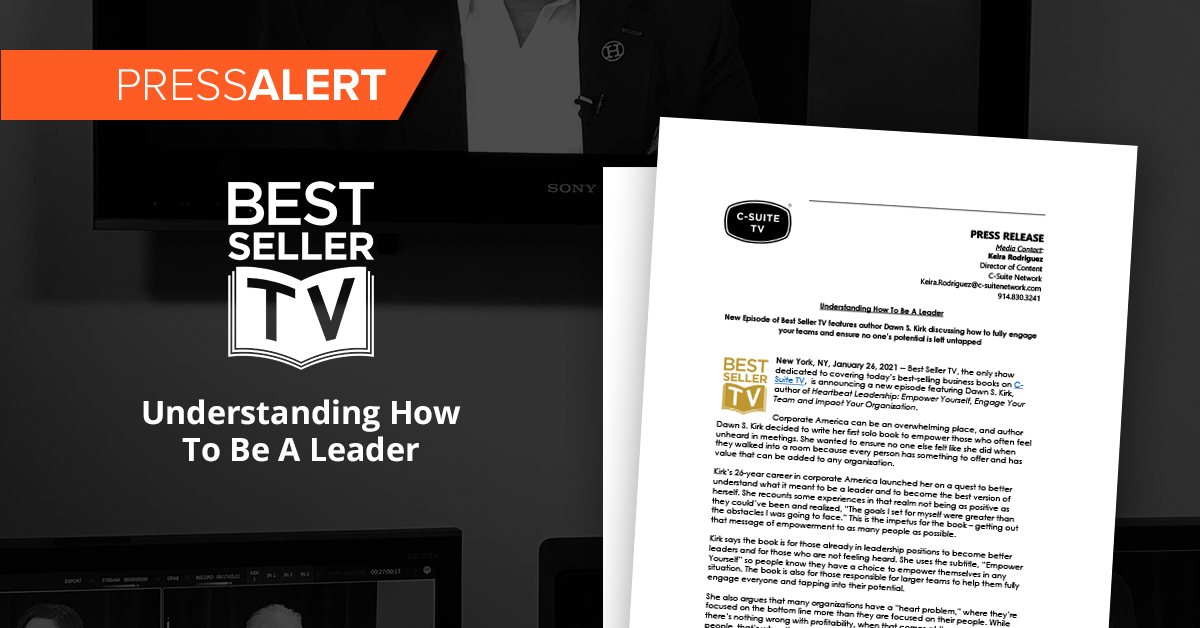
Navigational Listening
Navigational Listening https://csuiteold.c-suitenetwork.com/wp-content/uploads/2014/05/4714242276_9498fbb6d0_z.jpg 640 438 C-Suite Network https://csuiteold.c-suitenetwork.com/wp-content/uploads/2014/05/4714242276_9498fbb6d0_z.jpgby Judith Glaser
For a leader, listening is perhaps the most important component of communication. It’s essential for moving ideas from one person to another. Done well, it will enable you to collect information for timely and effective decision-making. The listening adult’s mind is never blank or completely impartial. Our listening is influenced by events, relationships and experiences — all adding to what we hear and its meaning. As objective as we would like to think we are when we listen, we actually are not.
We are also subject to the effects of our physical and emotional states. Being tired, angry, elated or stressed predisposes us to selective listening. These two forces — history plus emotional state — make up our listening capability at any point in the day.
Think of Yourself as a Listener
Try to recall a recent situation when you were a listener. It may have been a speech delivered by an executive, a discussion with a subordinate or an explanation from a peer. Did you listen to facts or to specific words? Did you paraphrase these words in your mind? Did the situation lead to new impressions, feelings and ideas? Were you affected by how the speaker stood, the volume of her voice or her appearance?
Did the speaker’s emotional tone bother you? Were you evaluating his effectiveness as a communicator? Or were you so preoccupied that you didn’t listen at all or only hear a little of what was said?
Still another question: What guided your listening? Individuals who hear the same speech often walk away with different impressions of what they heard.
The Untrained Listener
We hear one-seventh as fast as we think. While our mind has the time to listen, evidence suggests that we don’t always use that time well. Traditionally, ineffective listening has been viewed as a hearing problem. However, as we gain important new information about the effects of this uniquely human process on the effectiveness of an organization, we recognize that ineffective listening is much more.
Consider some of these common types of listening behavior in business:
- “Noise in the Attic” Listening
Like many people, some of us think that being a good listener is merely sitting silently while others talk. Outwardly, we appear to be listening. Inwardly, however, our mind is elsewhere, or we are making judgments about earlier comments. We end up preoccupied with our own internalizations. - “Face Value” Listening
Sometimes, we think we are hearing facts when actually the words we’re hearing are our interpretations of situations or figures. This explains why executives, managers and staff sometimes differ dramatically in what they think they hear.
Interpretations are influenced by our experiences. The more experiences we have, the more we should be able to interpret what we hear from the speaker’s perspective. Unfortunately, many adults hear only what they want to hear. - “Position” Listening
We interpret the messages we hear by our position in the organization or concerns as a member of the organization. Employees, for instance, are constantly alert for clues to how their performance is being rated, reading their own interpretations into messages. A manager might listen to her president’s annual report to determine whether her division will be financed to grow further. What she hears in that talk could easily affect her performance during the year, as well as her relationships with co-workers. In business, executives need to focus on the interpersonal influencing process.
Navigational Listening
This is the style of listening that makes us better executives. It accepts that listening is not an end in itself but a part of a chain of processes that ends in a decision, strategy or change in behavior or viewpoint.
When driving to some place new, we often stop at a gas station for a map to navigate in unfamiliar territory. We need the map to drive efficiently and with less chance of an accident. If we get lost, we need only refer back to the map to find our way. Listening can be approached the same way.
Creating the Maps
Why we’re listening determines the type of information we listen for. Salespeople listen for customer concerns. Lawyers listen for their opponent’s faulty logic. Freudian psychiatrists listen for unconscious motivations. Training has taught all of them not to listen at face value and to use the time lag between their hearing and subsequent speaking to properly evaluate what is being said. At the same time, they don’t dismiss their emotional response to the speaker, their “feel” for the situation or their hunch of what might happen next.
A framework telling them how to influence a person’s thinking from Point A to Point B also guides these professionals. In sales, the marketing rep wants to influence a customer from a point of no interest to a commitment to buy. The lawyer tries to influence the jury to his or her point of view. The psychiatrist works to influence the patient toward new insights about personal behavior, motivations or a view of the world.
The Executive as Navigational Listener
In business, executives need to focus on the interpersonal influencing process. Who is being influenced to move him from Point A to Point B and why? Where is this conversation going? To what ideas, beliefs and behaviors is this person most committed in his life? Which of these ideas, beliefs, attitudes and behaviors need to be influenced for the person to be more effective on the job?
What do I know about this individual that will help me better understand her and what is being said? Are her problems or concerns such that we can effect real changes, or are they out of reach in the business context?
The executive examines the way he or she answers the employee to see how these answers affect the listening process. Will the employee listen better if the answers are short and sweet (“yes” or “no”), or will listening improve if these statements contain more background information? What kind of information will be helpful? What kind of questions will open thinking and facilitate connections that lead to greater insights and wisdom along the way?
In practicing navigational listening, the executive listens carefully to the employee’s answers — to phrasing and context used to get clues to the real meanings behind their words. Navigational listening expands the ability for both the manager and the employee to emerge smarter, more connected and more conversationally intelligent by opening up new insights that goes beyond the obvious — insights that reveal true wisdom.
 Judith E. Glaser is the CEO of Benchmark Communications, Inc. and the Chairman of The Creating WE Institute. She is the author of the best selling book, “Conversational Intelligence” (Bibliomotion, 2013), an Organizational Anthropologist and a consultant to Fortune 500 companies.Visit her at creatingwe.com; conversationalintelligence.com or contact her at jeglaser@creatingwe.com. Follow Judith on Twitter @CreatingWE.
Judith E. Glaser is the CEO of Benchmark Communications, Inc. and the Chairman of The Creating WE Institute. She is the author of the best selling book, “Conversational Intelligence” (Bibliomotion, 2013), an Organizational Anthropologist and a consultant to Fortune 500 companies.Visit her at creatingwe.com; conversationalintelligence.com or contact her at jeglaser@creatingwe.com. Follow Judith on Twitter @CreatingWE.





